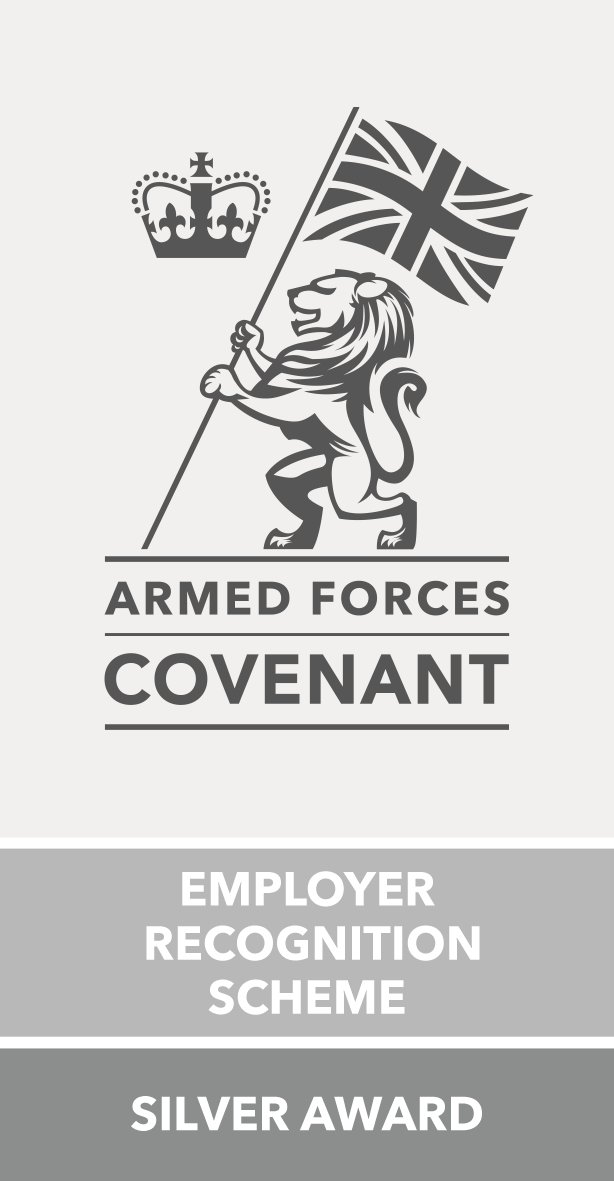The Low Back
The low back, or lumbar spine consists of 5 lumbar bones, called vertebrae. The vertebrae are surrounded by robust muscles and ligaments to protect the spine and enable it to move naturally. The spaces between the vertebrae are filled by the lumbar discs, which are strong and fully attached to the bones and surrounding ligaments. The discs never ‘slip out of place’, although this term is a popular way of describing both back pain and sciatica. For practical purposes, we often include the area at the back of the pelvis when thinking about back pain, this includes the sacrum, coccyx, sacroiliac joints and some of the muscles of the hip.
The spine is a moveable column of bones, discs, muscles and ligaments. It provides a sturdy but mobile support which enables us to stand, sit and move. Its other function is to protect the spinal cord and the nerves that eventually run out in to the body. This is why some spinal problems can give nerve pain, especially in the arms and legs.
In the vast majority of cases, as many as 95%, it will not be possible to find a specific cause for back pain. This means no single joint, ligament or muscle is causing the pain. For this reason, most low back pain is referred to as ‘non-specific’. Spinal experts around the world have agreed on this term. It means that we think that the spine isn’t working well as a whole and that safely practiced movement will help it get back into its natural pattern. Non-specific low back pain can sometimes last a long time, called chronic low back pain. The reasons for this are often complicated
In a small number of cases, there is a more specific diagnosis. Our physiotherapists are all trained to recognise the signs of spinal problems and will know how to help you if they suspect a specific cause.

















